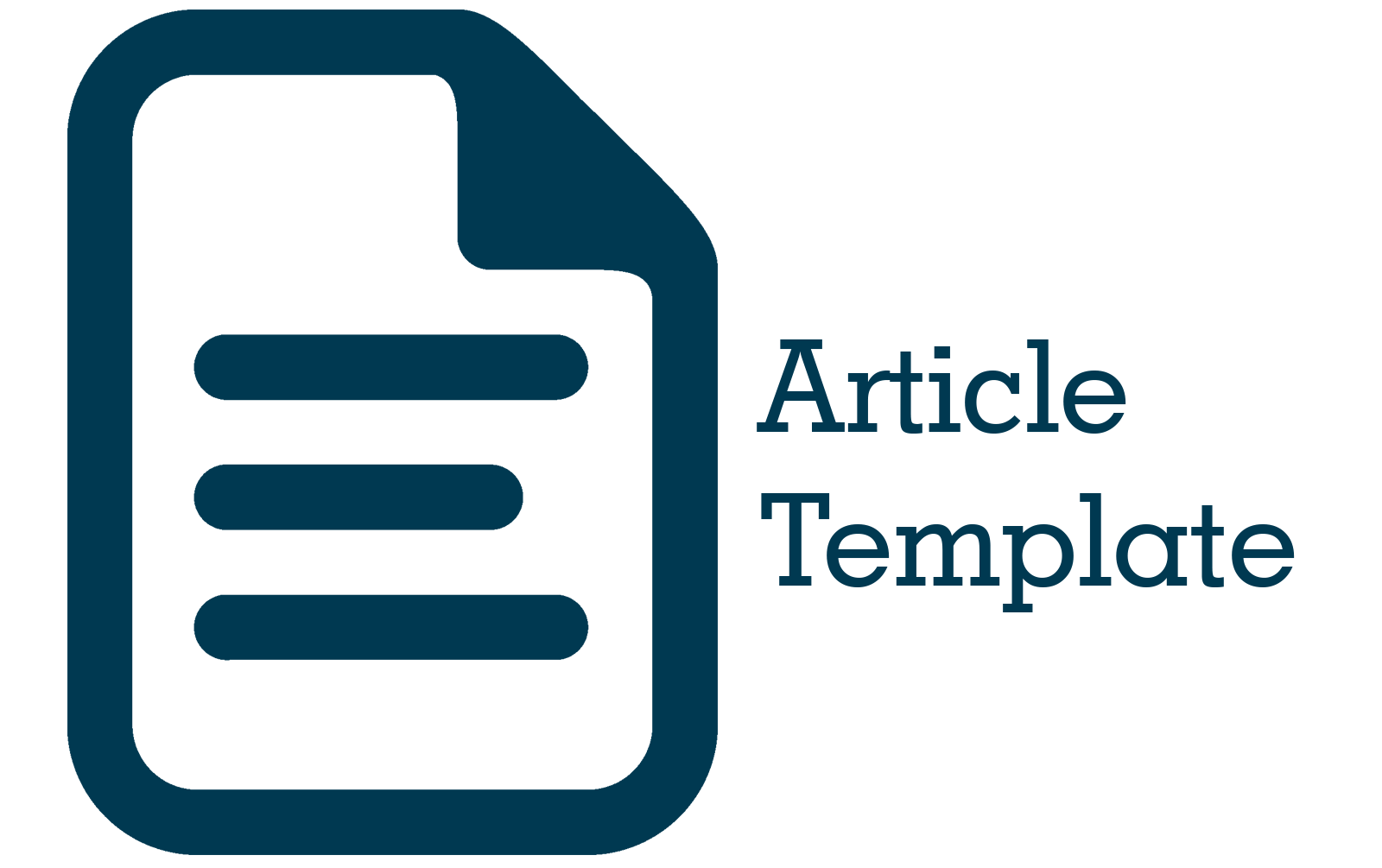TAM Approach: Application of Si APIK to MSEs
DOI:
https://doi.org/10.58905/apollo.v1i3.51Keywords:
TAM, SIAPIK Application, MSEsAbstract
The ever-growing technology makes innovations about financial applications, so financial application applications continue to innovate. This has made micro, small and medium enterprises (MSMEs) adopt financial bookkeeping to run their businesses. Bank Indonesia launched an Android-based financial application that can be obtained for free. The application is the Financial Information Recording Application Information System (SI APIK). This study aims to examine MSMEs in using the Si APIK application in managing their business. The method and conceptual formulation model were carried out in several stages; literature study, model adoption, and instrument development. Based on theoretical and empirical studies of the Technology Acceptance Model (TAM), this study describes the constructs and propositions used as the basis for building a conceptual model. The results of instrument development can be used for further research
References
O. Larasati, “Jurnal Mitra Manajemen ( JMM Online ),” J. Mitra Manaj., vol. 2, no. 4, pp. 273–285, 2018.
F. B. Tahira, S. Noholob, and Mahdalena, “Pengaruh Kualitas Dan Kepuasan Penggunaan Aplikasi Akuntansi SI-APIK Terhadap Penyusunan Laporan Keuangan Pada Usaha Kecil Menengah ( Studi Kasus UMKM Binaan Bank Indonesia ) Riwayat Artikel :,” vol. 1, no. 1, pp. 40–53, 2022.
A. N. Kusumadewi, N. A. Lubis, R. A. Prastiyo, and D. Tamara, “Technology Acceptance Model ( TAM ) in the Use of Online Learning Applications During the Covid-19 Pandemic for Parents of Elementary School Students,” vol. 2, no. 1, pp. 272–292, 2021.
F. D. Davis, “Perceived Usefulness, Perceived Ease of Use, and User Acceptance of Information Technology,” MIS Q., vol. 13, no. 3, pp. 319–340, 1989, doi: 10.5962/bhl.title.33621.
I. G. A. P. Yudantara, P. Y. P. Putra, and L. S. Musmini, “ Determinants of Implementation SIAPIK for Small Medium Enterprise ,” Proc. 6th Int. Conf. Tour. Econ. Accounting, Manag. Soc. Sci. (TEAMS 2021), vol. 197, no. Teams, pp. 632–639, 2021, doi: 10.2991/aebmr.k.211124.091.
F. S. Rahayu, D. Budiyanto, and D. Palyama, “Analisis Penerimaan E-Learning Menggunakan Technology Acceptance Model (TAM) (Studi Kasus: Universitas Atma Jaya Yogyakarta),” vol. 1, no. 2, 2019.
O. S. Sinaga, F. K. Marpaung, R. S. Dewi, and A. Sudirman, “Kontribusi Perceived Usefulness , Perceived Ease of Use dan Perceived Security terhadap Behavioral Intention to Use Aplikasi JAKET,” Insight Manag. J., vol. 1, no. 3, pp. 86–94, 2021.
S. Shen, K. Xu, M. Sotiriadis, and Y. Wang, “Exploring the factors influencing the adoption and usage of Augmented Reality and Virtual Reality applications in tourism education within the context of COVID-19 pandemic,” J. Hosp. Leis. Sport Tour. Educ., vol. 30, no. January, p. 100373, 2022, doi: 10.1016/j.jhlste.2022.100373.
T. Indarsin and H. Ali, “Attitude toward Using m-Commerce: The Analysis of Perceived Usefulness, Perceived Ease of Use, and Perceived Trust: Case Study in Ikens Wholesale Trade, Jakarta-Indonesia,” Saudi J. Bus. Manag. Stud., vol. 2, no. 11, pp. 995–1007, 2017, doi: 10.21276/sjbms.2017.2.11.7.
K. Wiratama and N. L. G. E. Sulindawati, “Pengaruh persepsi kegunaan, persepsi kemudahan penggunaan, pengetahuan akuntansi dan kompatibilitas terhadap minat umkm dalam menggunakan aplikasi si apik,” JIMAT (Jurnal Ilm. Mhs. Akunt. udiksa), vol. 13, no. 01, pp. 58–69, 2022.
W. M. Al-Rahmi, N. Yahaya, M. M. Alamri, I. Y. Alyoussef, A. M. Al-Rahmi, and Y. Bin Kamin, “Integrating innovation diffusion theory with technology acceptance model: supporting students’ attitude towards using a massive open online courses (MOOCs) systems,” Interact. Learn. Environ., vol. 29, no. 8, pp. 1380–1392, 2021, doi: 10.1080/10494820.2019.1629599.
B. Ferdousi, “The Effect of Computer Self-Efficacy and Attitude on Undergraduate Students’ Intention to Use Emerging Technology in Classroom Learning,” J. Comput. Sci. Appl., vol. 7, no. 1, pp. 50–55, 2019, doi: 10.12691/jcsa-7-1-8.
N. Mijin, H. Jang, B. Choi, and G. Khongorzul, “Attitude toward the use of electronic medical record systems: Exploring moderating effects of self-image,” Inf. Dev., vol. 35, no. 1, pp. 67–79, 2019, doi: 10.1177/0266666917729730.
Muliati Niswah, “Pengaruh Perceived Usefulness, Perceived Ease Of Use, Attitude Toward Using Dan Behavior Intention To Use Terhadap Actual System Use Dalam Implementasi Teknologi Enterprise Resource Planning (ERP) System (Studi Pada End User ERP System Di Pt Semen Gresik),” vol. 2, no. 1987, pp. 29–46, 2019.
A. Kumar and A. Mantri, “Evaluating the attitude towards the intention to use ARITE system for improving laboratory skills by engineering educators,” Educ. Inf. Technol., vol. 27, no. 1, pp. 671–700, 2022, doi: 10.1007/s10639-020-10420-z.
S. A. Salloum, N. M. N. AlAhbabi, M. Habes, A. Aburayya, and I. Akour, “Predicting the Intention to Use Social Media Sites: A Hybrid SEM - Machine Learning Approach,” Adv. Intell. Syst. Comput., vol. 1339, no. March, pp. 324–334, 2021, doi: 10.1007/978-3-030-69717-4_32.
H. Abubakar and H. B. Mohammed, “Technology Acceptance Model (TAM) As A Mechanism For Predicting Internet Use For Academic Purposes Among Students Of Nigeria Certificate In Education,” pp. 164–180, 2022.
V. Venkatesh and F. D. Davis, “Theoretical extension of the Technology Acceptance Model: Four longitudinal field studies,” Manage. Sci., vol. 46, no. 2, pp. 186–204, 2000, doi: 10.1287/mnsc.46.2.186.11926.
A. Asiimwe, Edgar Napoleon, Gronlund, “MLCMS actual use , perceived use , and experiences of use Edgar Napoleon Asiimwe and Åke Grönlund Örebro University , Sweden,” Int. J. Educ. Dev. using Inf. Commun. Technol., vol. 11, no. 1, pp. 101–121, 2015.
S. Kimiagari and F. Baei, “Promoting e-banking actual usage: mix of technology acceptance model and technology-organisation-environment framework,” Enterp. Inf. Syst., vol. 16, no. 8–9, pp. 1–57, 2022, doi: 10.1080/17517575.2021.1894356.
F. D. Davis, R. P. Bagozzi, and P. R. Warshaw, “User Acceptance of Computer Technology: A Comparison of Two Theoretical Models,” Manage. Sci., vol. 35, no. 8, pp. 982–1003, 1989, doi: 10.1287/mnsc.35.8.982.
V. Venkatesh and H. Bala, “Technology Acceptance Model 3 and a Research Agenda on Interventions; Decision Sciences, Vol. 39 (2) pp 273 – 315.,” Decis. Sci. Inst., vol. 39, no. 2, pp. 273–315, 2008.
Downloads
Published
Issue
Section
License
Copyright (c) 2023 Nunuk Latifah, Anna Widayani, Ika Rachmawati, Rani Arifah Normawati

This work is licensed under a Creative Commons Attribution-ShareAlike 4.0 International License.











